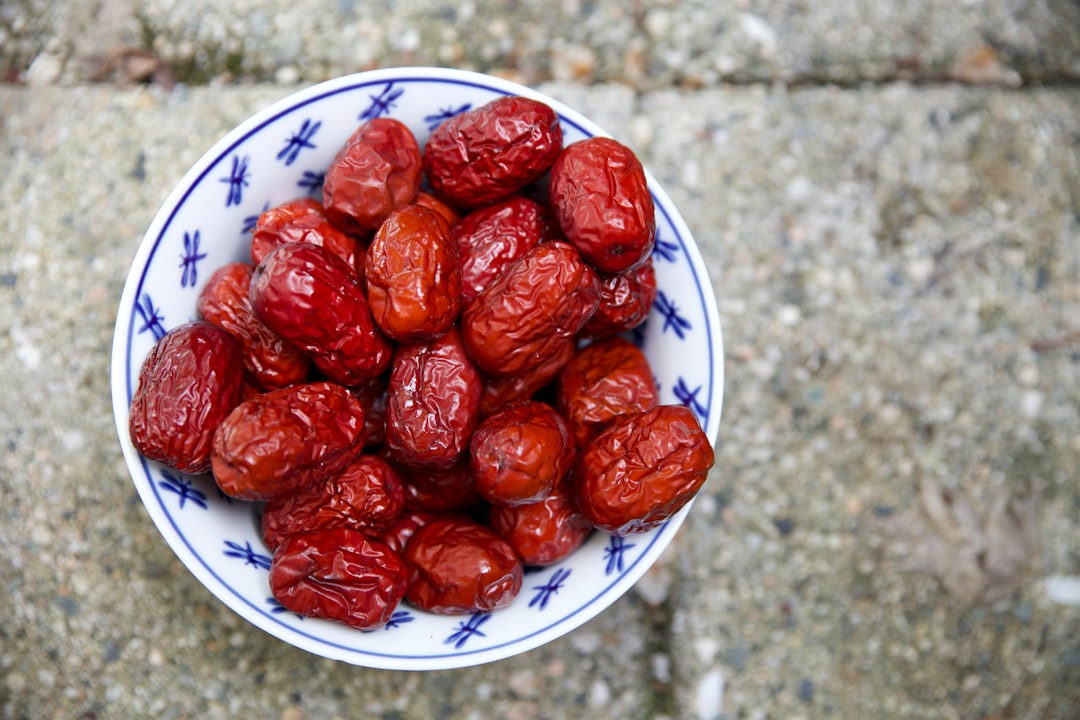What is it about?
Tumor recurrence after curative therapy is common for patients with hepatocellular carcinoma (HCC). As fibrosis and chronic inflammation contribute to the progression of HCC, we aimed to identify the predictive value of inflammatory and fibrosis markers for HCC recurrence after curative therapy using radiofrequency ablation (RFA).
Featured Image
Why is it important?
Recurrence of HCC after RFA occurs frequently as a result of local tumor progression (LTP) or intrahepatic distant recurrence (IDR). LTP can occur along the peripheral margin of the ablative lesion when the primary tumor has not been controlled completely after RFA. In contrast, IDR is thought to be the result of the multicentric origin of the HCC. IDR may be related more to systemic factors, such as fibrosis and chronic inflammatory processes, than to local factors. In addition, some noninvasive inflammatory and fibrosis markers may reflect the severity of fibrosis and inflammation in the background liver tissue. Hence, to determine the appropriate treatment modality and optimal follow‑up interval, it is important to identify surrogate markers that can predict HCC recurrence after RFA.
Perspectives
These findings show that a high APRI value is associated with HCC recurrence after RFA. Therefore, APRI could play an important role in predicting HCC recurrence after RFA.
Jeong Han Kim
Konkuk University School of Medicine
Read the Original
This page is a summary of: Noninvasive fibrosis marker can predict recurrence of hepatocellular carcinoma after radiofrequency ablation, Saudi Journal of Gastroenterology, January 2016, Medknow,
DOI: 10.4103/1319-3767.173760.
You can read the full text:
Contributors
The following have contributed to this page










